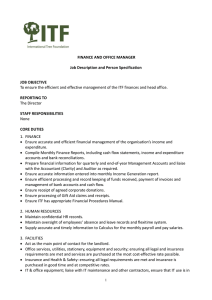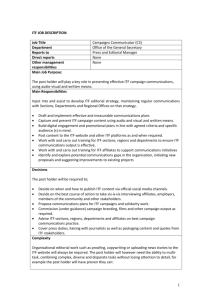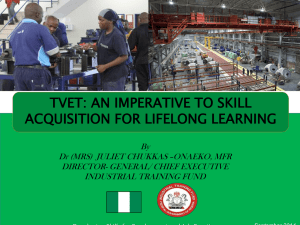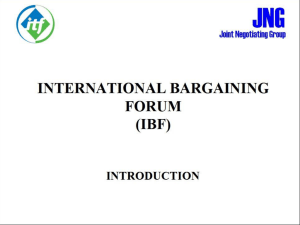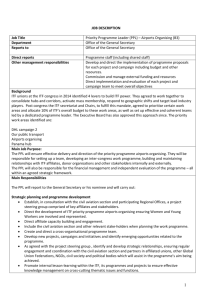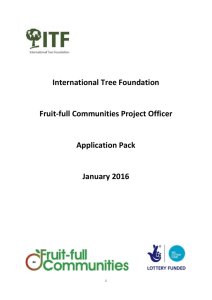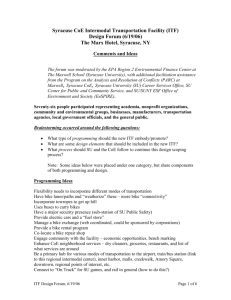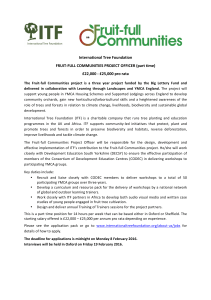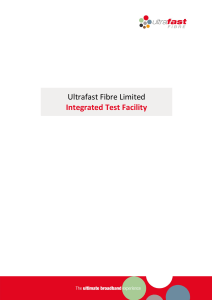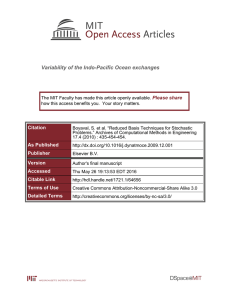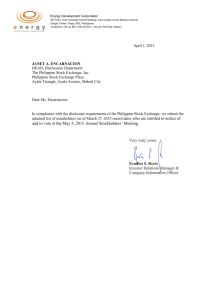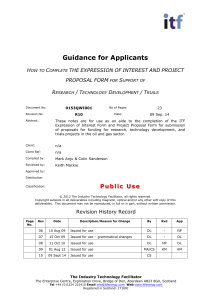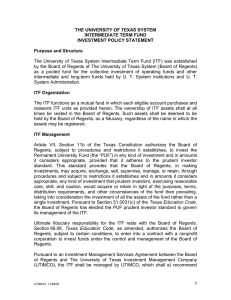integrated test facility(itf)
advertisement
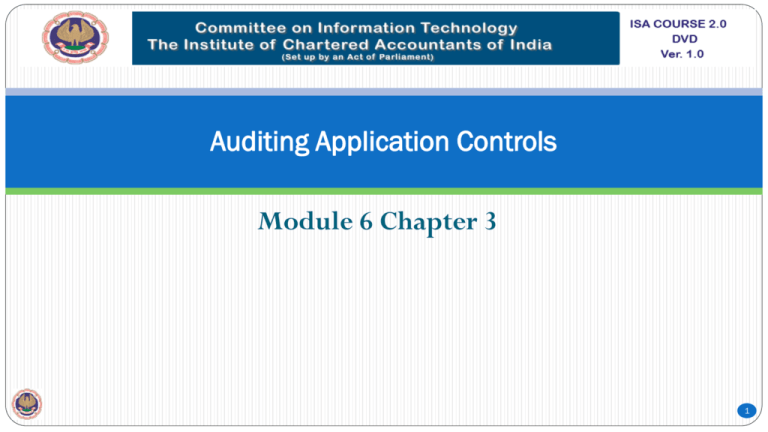
Auditing Application Controls Module 6 Chapter 3 1 Task Statement •1.2 Assess business processes - risks assessment and control evaluation in the context of business strategy, impact of business application software on Business processes/controls Part 1: Audit Program for planning and perform review of application software: Part 2: Business application software controls analysis. through analytical procedures, compliance testing and substantive testing Part 3:Impact of Business application software on Business processes / controls, redefining the business processes, as per need of application software. 3 Part 4: User Controls Part 5: Database controls Part 6:Information systems, financial reporting and regulatory requirement Part 7: System Audit Report format as per best practices systems, financial reporting and regulatory requirement 4 CASE STUDY • Module 7 • Chapter 3 • Part 1 Objective Agenda Test Data • To learn about continuous audit approach. • To learn how Integrated Audit Technique Works • None separately. INTEGRATED TEST FACILITY(ITF) AUDIT TECHNIQUE INTRODUCTION 8 Meaning of Integrated Test Facility Integrated test facility (ITF) is a system in which a test pack is pushed through the production system affecting “dummy” entities. Requirements This requires dummy entities to be created in the production software. For example, the auditor would introduce test transactions that affect targeting dummy customer accounts and dummy items created earlier for this testing purpose. Advantages or Importance of ITF ITF is useful in identifying errors and problems that occur in the live environment and that cannot be traced in the test environment. Disadvantage of ITF The disadvantage in using ITF is that the dummy transactions also append to the live database and hence will impact the results and reports drawn from the live database. Result As with test pack, the output produced is compared with predicted results. This helps to determine whether the programmed procedures being tested are operating correctly. The Store Purchase Flowcharts(TSPF) ISSUE SLIP entered STORES: Processing of Issue Slips reduces Inventory level to Reorder level(ROL) Triggers an Action: Intimates the Purchase Dept. PURCHASE Generates a Purchase Order for EOQ/ROQ PO to Vendor The Store Purchase Flowcharts(TSPF) Step 1(figure 1) : Sources Document: Issue slip captured in stores system. Step 2(figure 2) : Stores issue stock based on Issue slip. The result being reduced inventory level. An items level hits re-order level(ROL). The level at which Purchase Order are processed. The Store Purchase Flowcharts(TSPF) Step 3(figure 3) : Items has hit ROL, this is intimated to Purchase Department. Step 4(figure 4) : Purchase department, creates a PO(Purchase Order) for Re-order Quantity/ Economic Order Quantity(ROQ/EOQ). Step 5(figure 5) : PO sent to Vendor. Conclusion From these Integrated Test Facility(ITF) system , we determine whether the Programmed Procedures are being correctly Operated or not and it is useful in identifying errors and problems that occur in the Live environment.


